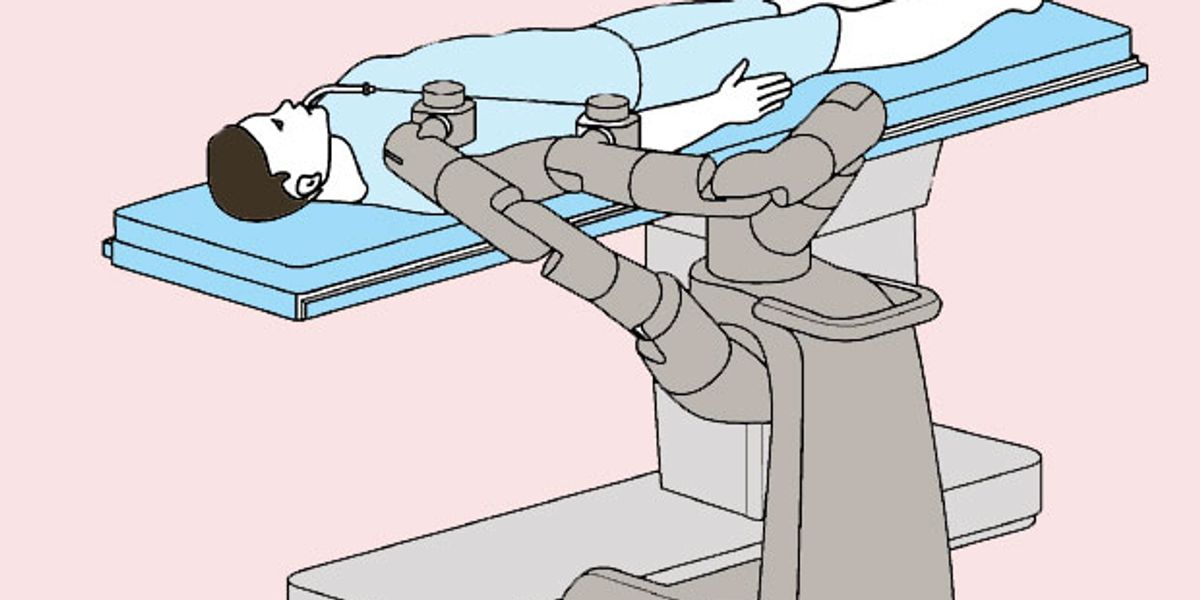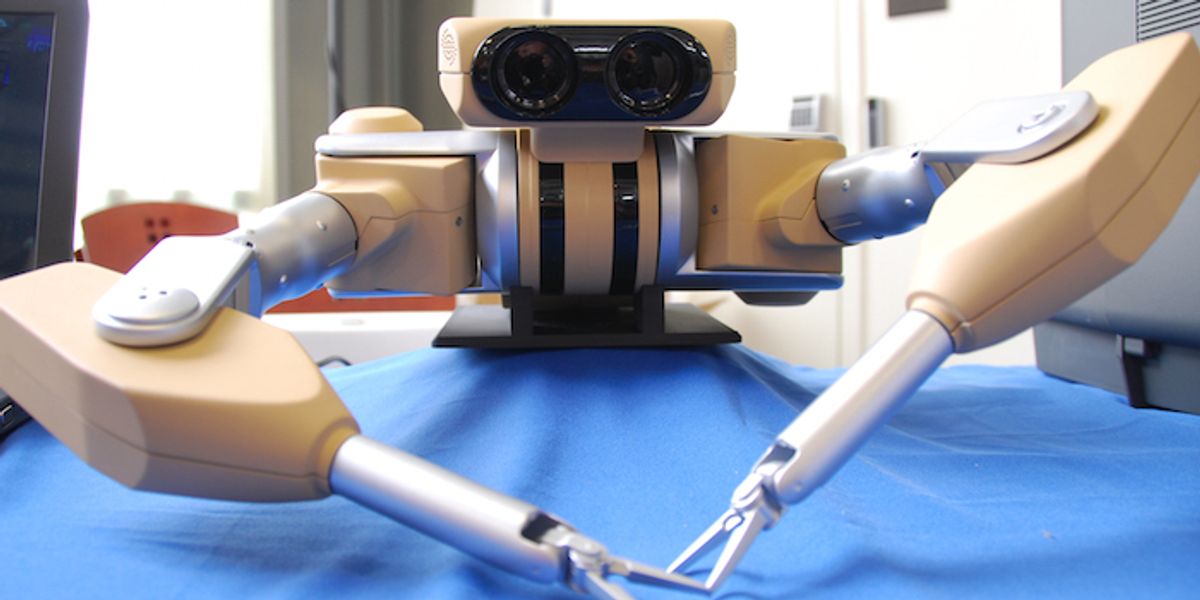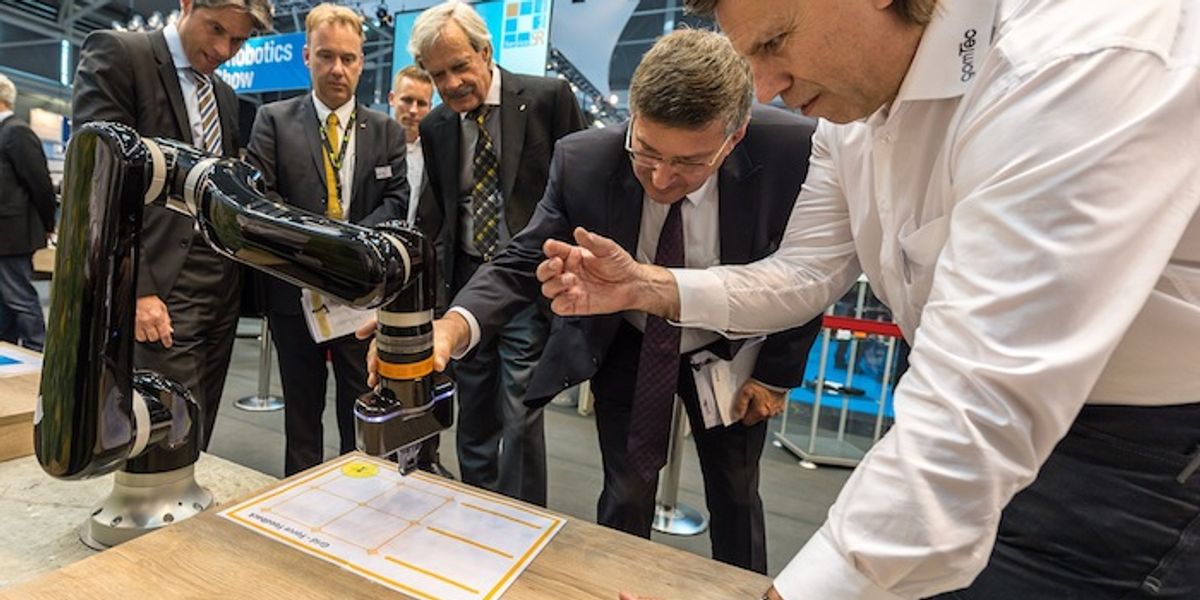Da Vinci

The da Vinci is a surgical robot designed for minimally invasive procedures. It has four arms equipped with surgical instruments and cameras that a physician controls remotely from a console.
- Creator
- Year
- 1999
- Country
- United States 🇺🇸
- Categories
- Features
Did you know?
More than 1,840 da Vinci robots have been installed worldwide (as of July 2012).

History
Intuitive Surgical, headquartered in Sunnyvale, Calif., was founded in 1995 by Dr. Frederic Moll, John Gordon Freund, and Robert G. Younge. The first da Vinci system, a specialized surgical robot designed for conducting minimally invasive surgery, was brought to market in 1999. In 2003, a fourth instrument arm was added. In 2006, the da Vinci S version was released, offering the surgeon high-definition vision. The da Vinci Xi model, the latest iteration, was introduced in 2014. Intuitive says the Xi has more capabilities than previous models and is optimized for complex procedures. A da Vinci robot is not an automated surgical systems; rather, it's remote controlled by a human surgeon, who typically sits right next to it, in the operating room with the patient. One of the main advantages of the da Vinci system is that the surgeon can use tiny robotic tools that require a much smaller incision, along with visual enhancements like infrared imaging that offer valuable information that human eyes alone can't provide.

Specs
- Overview
Equipped with surgical tools with greater range of motion than the human hand. Surgeon console equipped with high-definition 3D vision system.
- Status
Ongoing
- Year
1999
- Website
- Width
- 91.5 cm
- Height
- 175.3 cm
- Length
- 127 cm
- Weight
- 544.3 kg (patient-side cart only)
- Sensors
Optical encoders, Hall sensors, magnetic encoders, infrared sensors.
- Actuators
DC motors
- Degrees of Freedom (DoF)
- 7 (surgical robot)
- Compute
Combination of various DSPs, microcontrollers, and FPGAs.
- Software
Custom OS and control software.
- Power
120-V AC with battery backup
- Cost
- $1.2 million (actual price depends on configuration)







